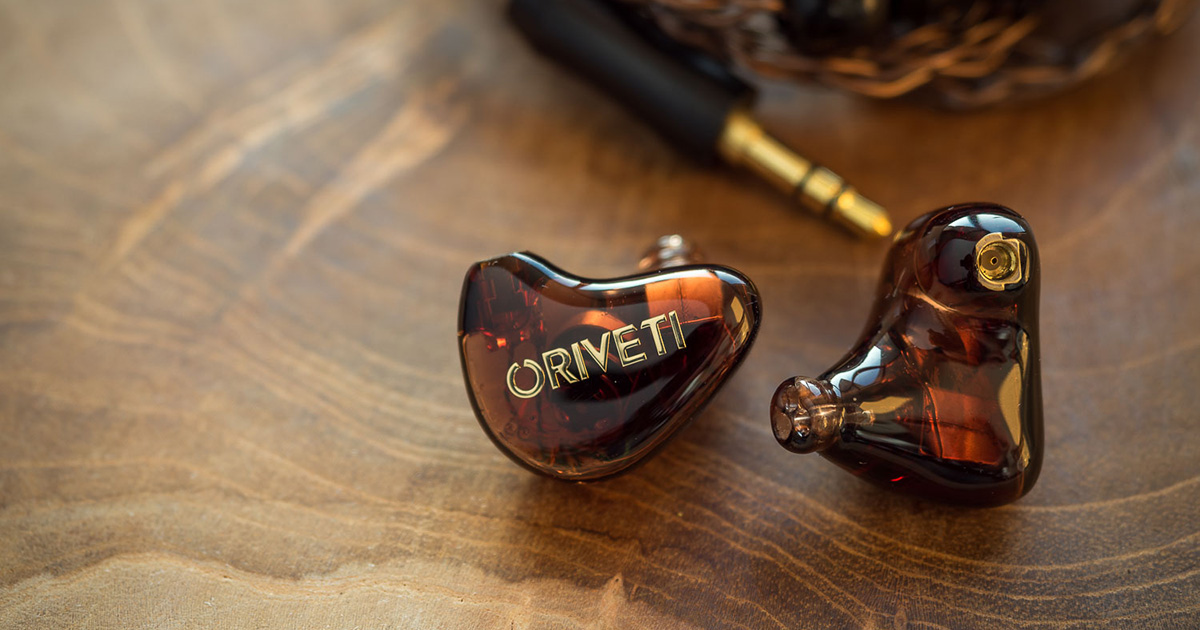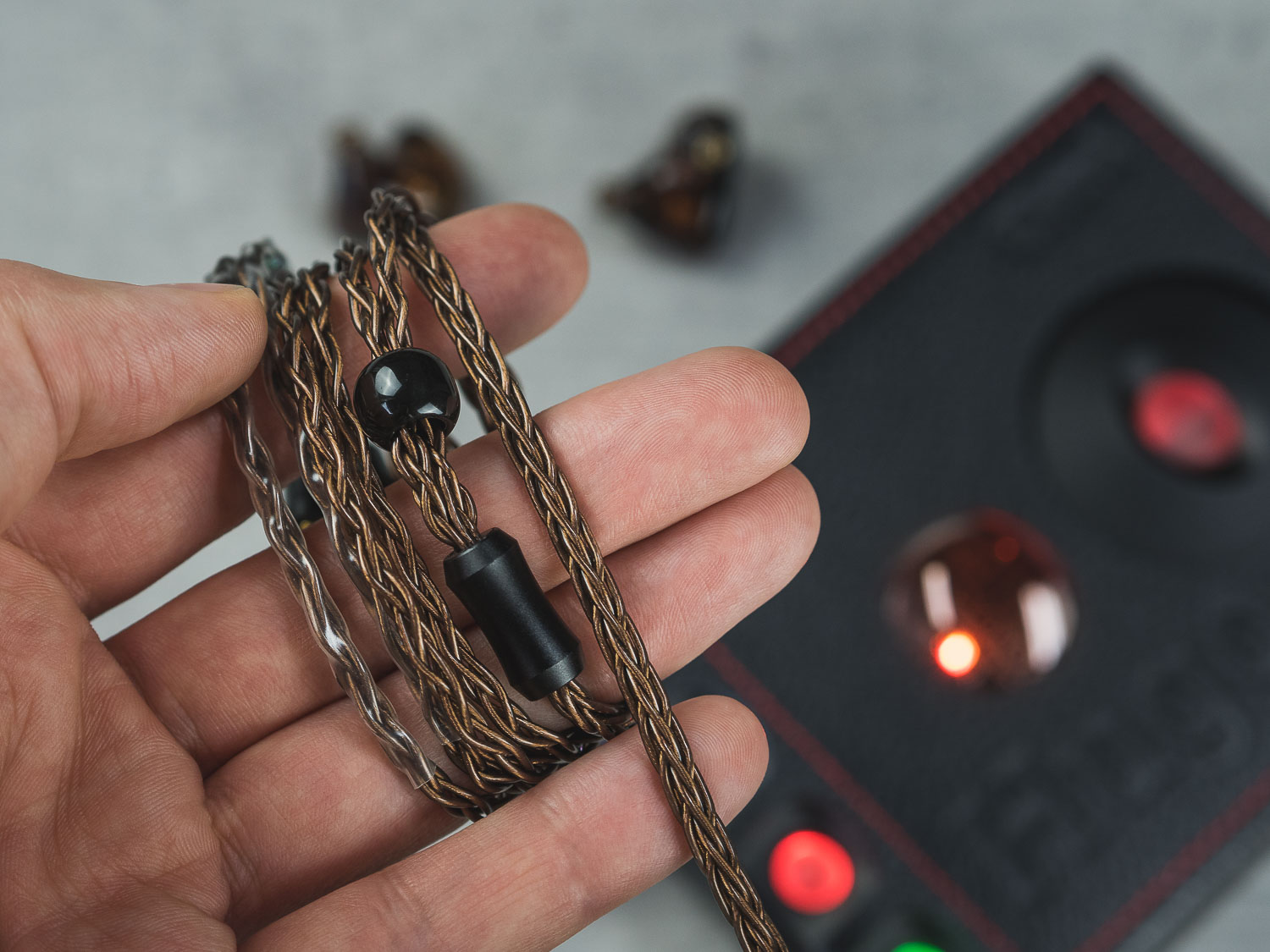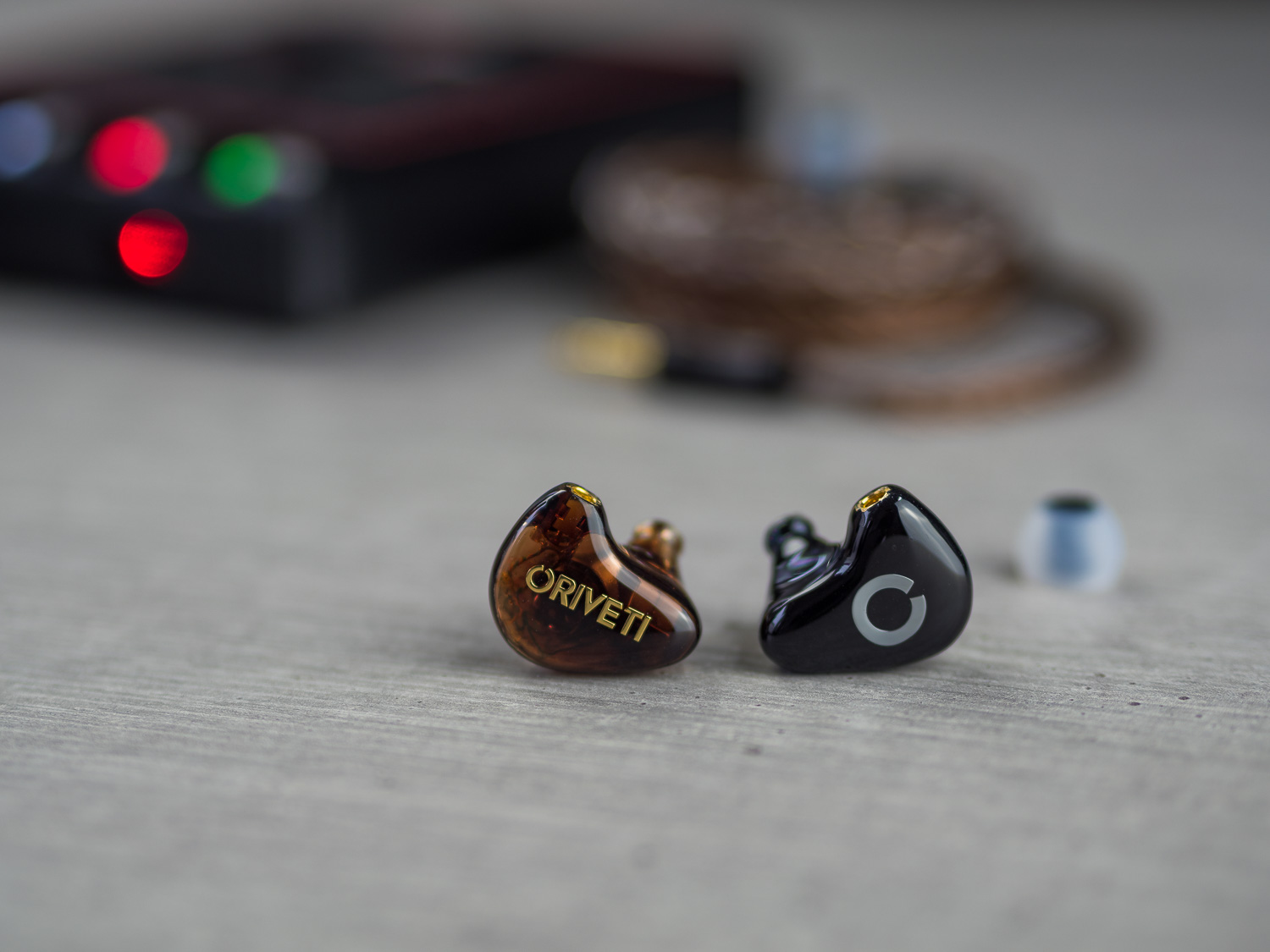
The Oriveti OH500 is my new flavor of the month. It is fresh and shakes up the absurd pricing for high-end gear. The OH500 are a set of very polished multi-driver hybrid IEMs that, IMO, tick all the right boxes. They are accompanied by the OH300, a cheaper and more dynamic version that missed this featured spot by a hair. My review starts from here.
Quick Navigation
FOTM
Welcome to the ‘flavor of the month’ column, in which I present one single piece of gear that I spent an especially large amount of time with in the past few weeks. Short: FOTM. Today, I want to share my first encounter with Oriveti, a brand that has been popular for a while but with which I’ve just recently had my first contact.

The Oriveti Company
Oriveti is a young brand that was created in 2015 with the aim to offer consumers affordable quality through high quality workmanship, reliable technology and audiophile sound. With their first products, namely the New Primacy and Basic IEMs, they have proven that they understand the market and can meet its demands to the fullest. With the OH300 and OH500, they continue this success story and further improve their portfolio.
www.oriveti.com
Introducing the OH500
The Oriveti OH500 is an ergonomic handmade in-ear monitor specifically designed for audiophiles. It features a complex hybrid setup consisting of an 8mm dynamic driver for the low frequencies and 4 BA receivers for the midrange and high frequencies, output through 3 bores.
www.oriveti.com/oh500

Packaging and Accessories
Attaching the Cable
The newly released earphones from Oriveti present themselves lavishly and tastefully. The IEMs and the included leather case are fit into matching recesses in a big black cardboard box. The cable must be handily attached by the user which is a great way to introduce newcomers to MMCX connections and upgrade cables. Luckily, the OH500 already comes with what you’d consider an upgrade cable: 8 thick wires of silver-plated cable transfer the audio signal straight from a gold-plated 3.5mm connection to the earphones.

Selecting the Right Ear Tips
In order to find the right fit, the customer can choose from a selection of included ear tips. You will find a total of 10 (!) sets in the box. Among them are different sizes of foamies, single and double-flange silicone tips and a unique type of silicone with white tip and black stem, which is my favorite of the bunch.
Build and Design
Handcrafted
The beautiful shell, which is cast out of resin and equipped with gold contacts, is handcrafted in a time-consuming process. Both hybrid OH models of the series come in only one color each. Matching the tonality, OH500 has a warmer tint. The more balanced OH300’s housing remains inconspicuous and has – if at all – a very light blue tone. The resin is not completely opaque and allows to take a peek at the built-in technology. Both the OH500 and the cheaper OH300 are provided with logos made of valuable metals under the protective layer. The OH500 looks even better with a golden inlay, even if some might like the more desaturated silver logo of the OH300 better.
Fit and Comfort
Both models do not differ in shape. Those who expect a bulky design based on the photos will judge wrongly. In fact, the shells are very ergonomic and fit perfectly to most ears. Thus, even the OH500 with a total of 5 drivers hardly protrudes from the ear and sits flush into the outer ear. The IEM’s fit is supported by the over-ear design of the cable, which also helps as strain relief and reduces microphonics.
Sound
Tonality
The general sound tuning is what I would describe as a warm and mellow w-signature. The w-signature differentiates itself from the v-shape by having a more accurate midrange that is not or less recessed. It’s not necessarily reference neutral but overall there’s no frequency range that sticks out in particular. It is a very natural and organic sounding tuning that just sounds better with modern records than a flat monitoring curve and I consider it to be one of the better trends in audio reproduction of recent years.
Click here to view the frequency response of the Oriveti OH500.

Oriveti OH300 compared to the OH500
It’s not until I get to describe the sound quality that the OH500 elevates itself over the OH300. By no means is the OH300 underperforming, it’s just very unfortunate that it has a more expensive sibling that shows more refinement and is more capable at presenting microdetails. The OH300 has quite strong lows with a focus on sub-bass, which is nicely balanced with the treble. The w-shaped signature is highly dynamic and is convincing in timbre. The OH500 is warmer and more neutral at the same time and thus manages to even out more characteristic traits in favor of the music. No doubt will some prefer the lively nature of the smaller brother… and let’s not forget, the OH300 is only 60% of the price of the OH500. If you are interested in the OH300, please read on. Most of what I write also holds truth for the smaller brother. Nonetheless, from here on I’ll focus on the OH500.

Bass
The bass is always there when asked for but will never push itself into the front. The dynamic driver is tuned with a nice focus on the lowest octaves. It’s always present in a subtle way, though it doesn’t add any mud or bloat. In the contrary, the lows feels lightweight but still manage to add warmth to the music. A typical BA receiver would focus more on texture than dynamics but this is a matter of preference. I dare not say it, but some would say the OH500 has a very analogue sound and I would see reason behind it in the way the dynamic driver adds to the experience. When called for, the driver does manage to create impact with authority, but it also feels comfortable to take a backseat.
Midrange
The mids of the OH500 are slightly warm, though not far off neutrality. They sound a little bit fuller and lusher than in a studio environment, which makes voices sound very enjoyable. Especially male vocals are to my preference with a very lifelike rendition. Higher pitched female vocals are just a bit softened which cuts back on fatigue. But nowhere is the coloration so strong that vocals would ever lose their position as the center piece of even the most complex arrangement. Overall, the coloration in the midrange is low enough so that the Oriveti manage to adjust great to the input material.
Treble
The higher mids have a slight – what I presume is a – crossover suction between 5-6 kHz that is nicely positioned to take out any harshness from the treble. I noticed this is a very popular choice with modern IEM designs, which greatly reduces fatigue with recordings that otherwise were prone for sibilance. Do not worry about detail and resolution, though, as overtones are nicely presented from 7 kHz and up. Especially the amount of air, e.g. very high notes, is impressively reproduced.
Soundstage and Resolution
The BAs dedicated to the mids do a phenomenal job at separating individual instruments and layers of the track. This helps to present a very organized soundstage with accurate imaging. The impressive treble extension creates a great amount of air and improves the width of the soundstage while the capable sub-bass creates depth. The perception of soundstage might be an individual affair, but I have dozed off before and woke back up to Charles Mingus playing and I was sure this is the widest and deepest soundstage I had ever experienced. Some credit goes to the 1965 recording of Oh Yeah, but for me the Oriveti OH500 belong to the best IEMs for soundstage.

Sensitivity and Pairing
The OH500 are IEMs that I use a lot. I always feel comfortable grabbing them and putting them in my bag before I leave the house. That is not only because of the sound, but also because they are a very compatible pair for almost any source. They are not prone to pick up background hiss and they also don’t show awkward response shaping with slightly less than ideal output impedance of the amp. If you want to push that soundstage size to the maximum, a Chord DAC does not feel like overkill, but the result you get out of a low quality source is also impressive.
Summary
The Oriveti OH500 are a great package for the aspiring audiophile. (Depending on the budget, the OH300 punch that value even higher, though the small refinements to the OH500 are very appreciated by the careful listener and worth the price difference.) The OH500 are comfortable, beautiful, easy to use and – most importantly – great sounding. They create an enjoyable warmth with a relaxed presentation that doesn’t omit any details and also has an amazing soundstage. I have spent a great amount of time with the OH500 and I am sure I will continue to do so.

@16BitAudiophile

Very nice review! I have an eye on this IEM since months, but still hesitate to pull the trigger. I already have IEMs that match my needs (Sony N3, Fibae Black and Final E5000), but this one seems something to be tried. Very nice photos btw.
Hi F700, thank you very much for your comment! I can compare the OH500 to Final E5000, if requested. Without direct comparison, I remember the E5000 as much warmer and darker sounding with a more juicy bass. OH500 should have better texture and much more detail in the midrange and treble.
Tolle Beschreibung des Produkts. Super. Ich kriege wirklich Lust sie zu hören.